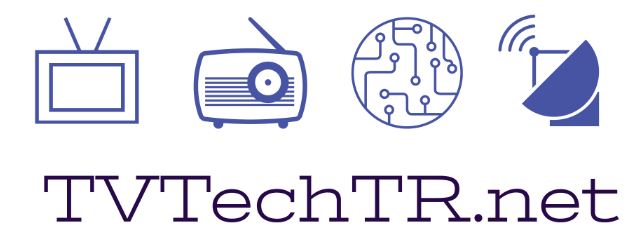Some love to talk with abbreviations. They think that talking with abbreviations make them look to know a lot about the subject that they are talking about. Well, looking to know and to really know is absolutely different. To really know a subject, the recipe is the same for all; hard work. It needs many nights without sleep and many hours of talk with experts.
To be honest, I am trying to keep me updated with the latest technology in radio & television, which is not always possible. To be updated one should follow some major events, which are mainly the IBC in Amsterdam, the NAB in Las Vegas, the DVB World Congress in different cities of Europe and some other events of EBU & ABU. As an amateur blogger it is not so easy to do for me. But, any way God helps and I manage to follow most of them.
With luck, the General Assembly (GA) of the Asia Pacific Broadcasting Union, ABU, was in Istanbul this year. I had a presentation on Emergency Warning System at the Technical Committee meeting during the GA. I had to chance to talk colleagues from BBC, NHK and Fraunhofer Institute on digital radio and came to this conclusion: It is the DIGITAL RADIO, not DRM/DAB/DVB-T2...
As you may well know that there are mainly two open standards in the digital radio:DAB & DRM. DRM was used to known as the one to digitize the medium wave & short wave, where as DAB was used to known to digitize FM with Band III. Both standards published their second versions with DAB+ & DRM+. With the updated versions DAB+ is more powerful than DAB; DRM is splitted to two: DRM+ & DRM30. With DRM+ now DRM is also provides an alternative for the digitization of FM.
DAB+ & DRM+ can co-exist in the same network, if the receivers in the market are able to get the signal of both, I mean if the receivers are built with multi-standard chips: DRM+, DRM30, DAB, DAB+, FM & AM. Well if you look at the markets in Europe we see that they are built even before DAB+ & DRM+ technologies were ready. Hence, like UK, many receivers just can receive DAB & FM & AM only. Not even DAB+. But, is it the case for Turkey?
Turkey, with its >80M population and a model for some countries in the region is an important market for the digital radio. That is why both WorldDAB & WorldDRM gives great importance to influence the decision markers. Well, to be honest, I am not one of those who will decide on the technology. I am as you know is just a blogger in a way :)
I believe that with a pre-ordered / pre-manifactured receivers having multi-standard chips on, it is not that difficult to build a market ready for both DAB+ & DRM+. It is not so easy to plan such a network but it definitely worth to do in terms of frequency & power usage. In some places of Turkey, DRM+ is more efficient, in some other places DAB+ is. So, with a careful design, which I believe with the senior engineers of planning, is not that difficult at all, Turkey would be the first country to use both solutions in the same network.
To answer the question above:
It is simply DIGITAL RADIO.
The audiences do not care what is the technology behind. All they want is GOOD QUALITY in SOUND & SERVICE. Both standards are capable of giving that!


Comments
Post a Comment
Comments will appear after approval, which may take time :)